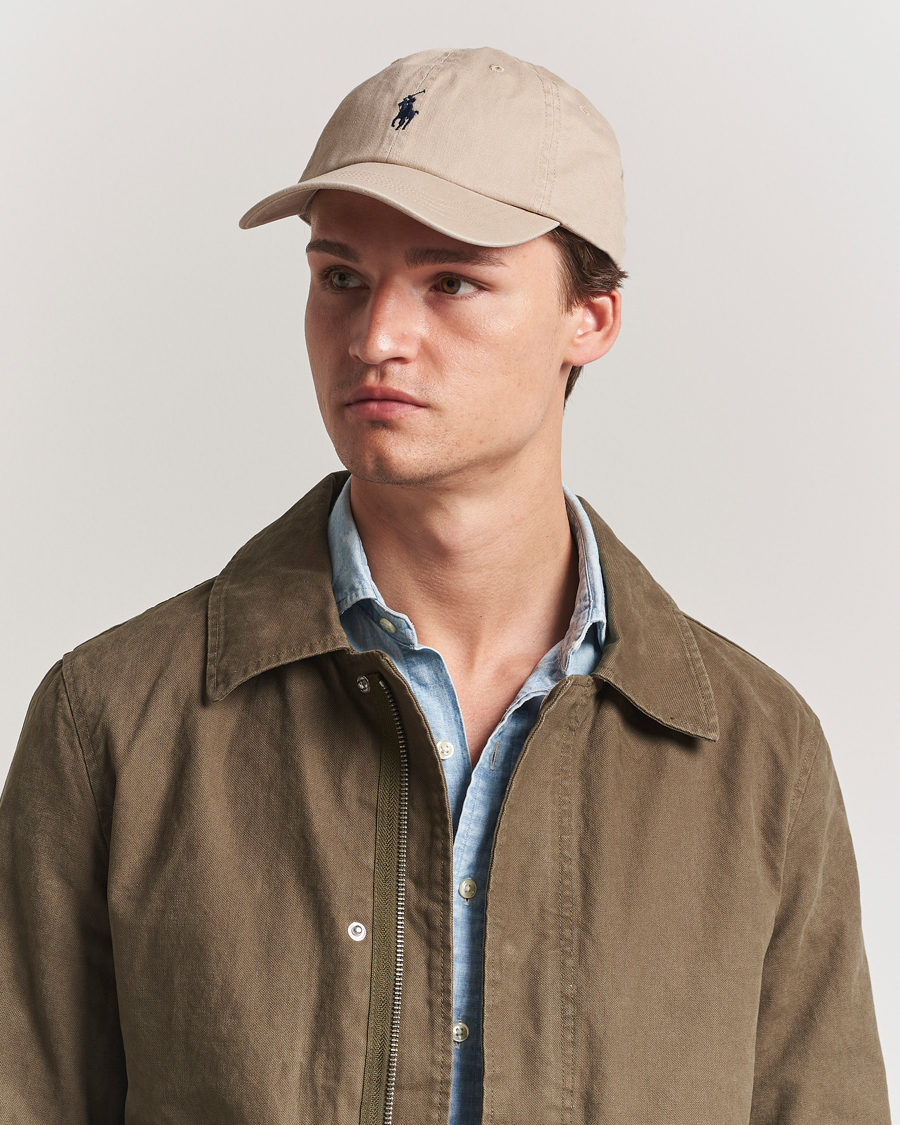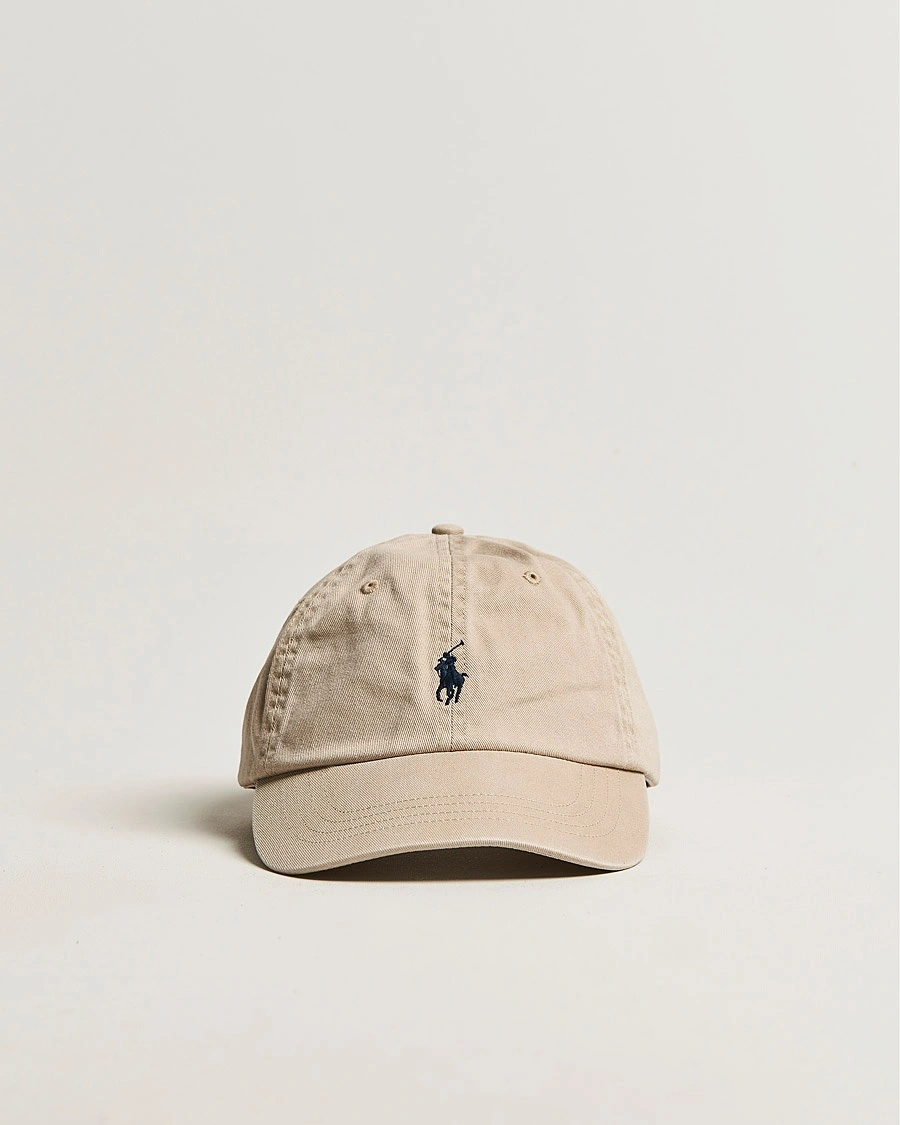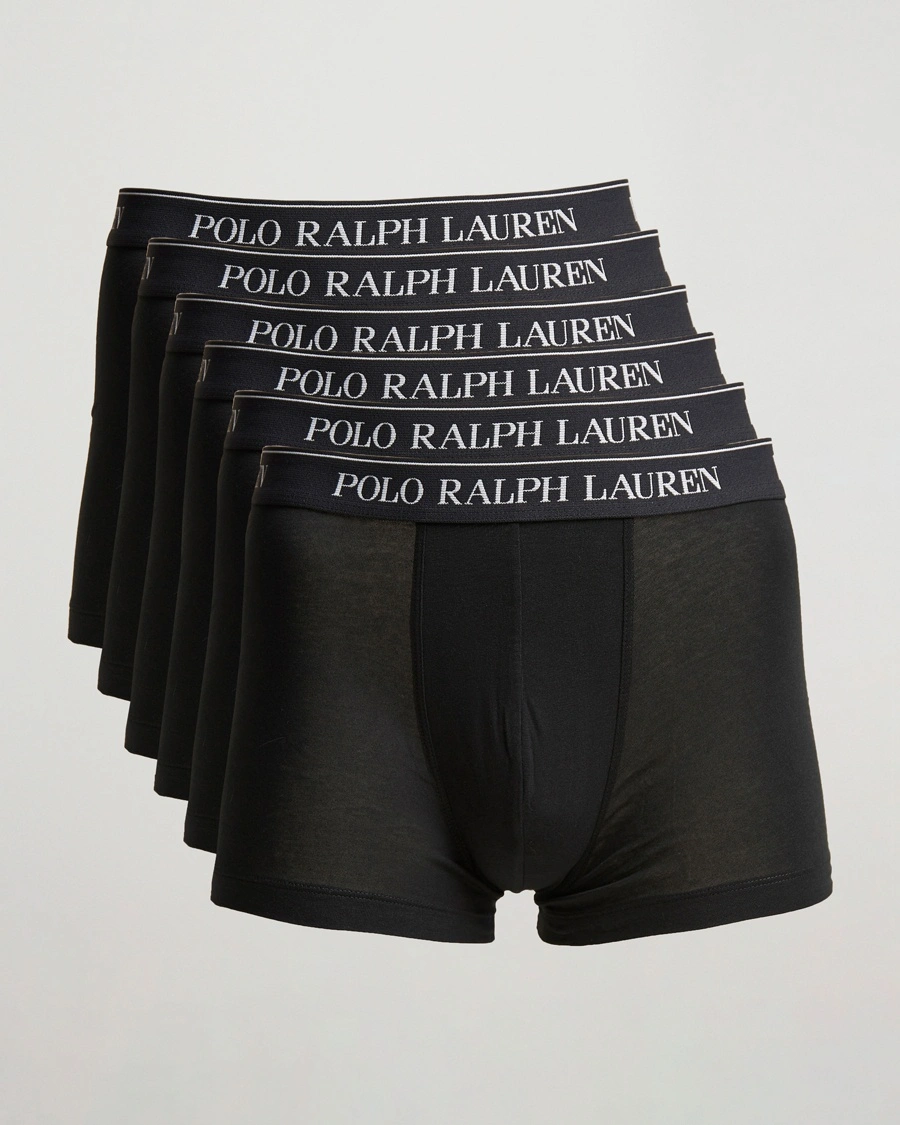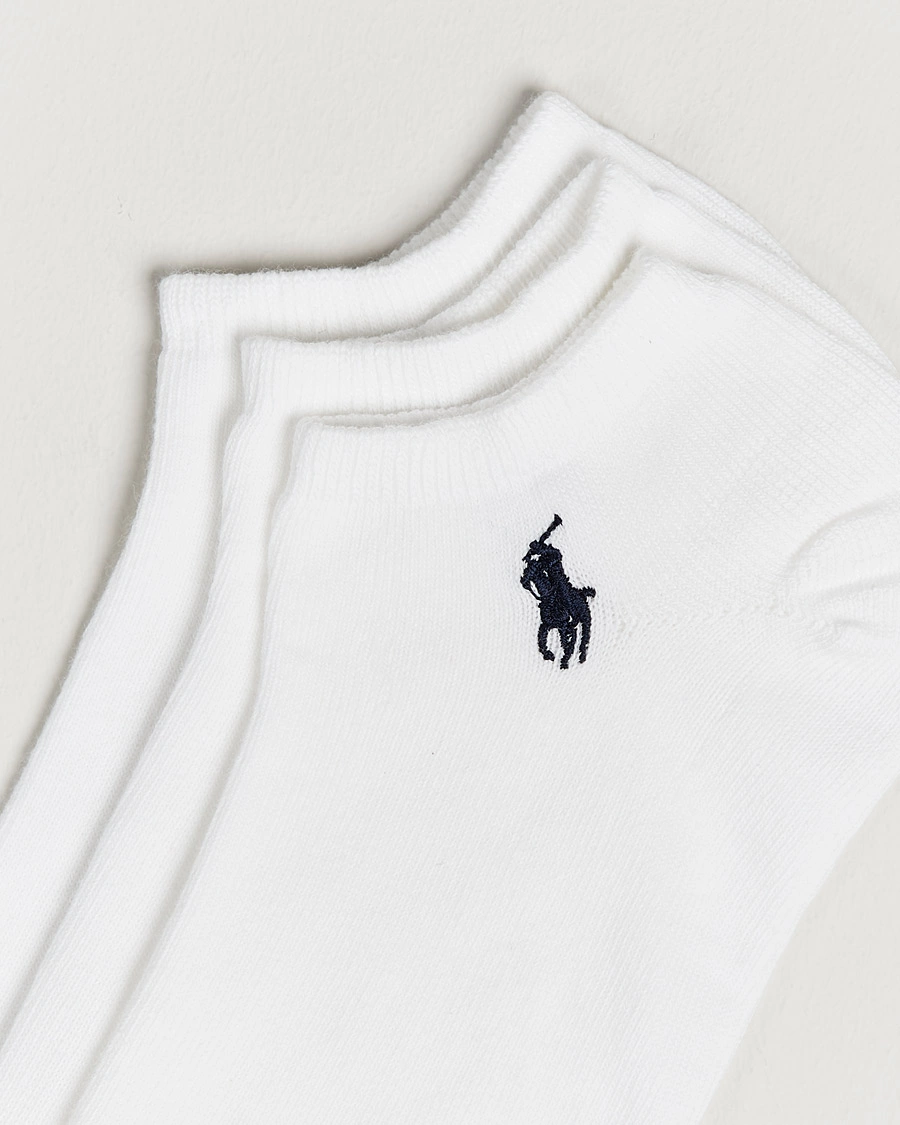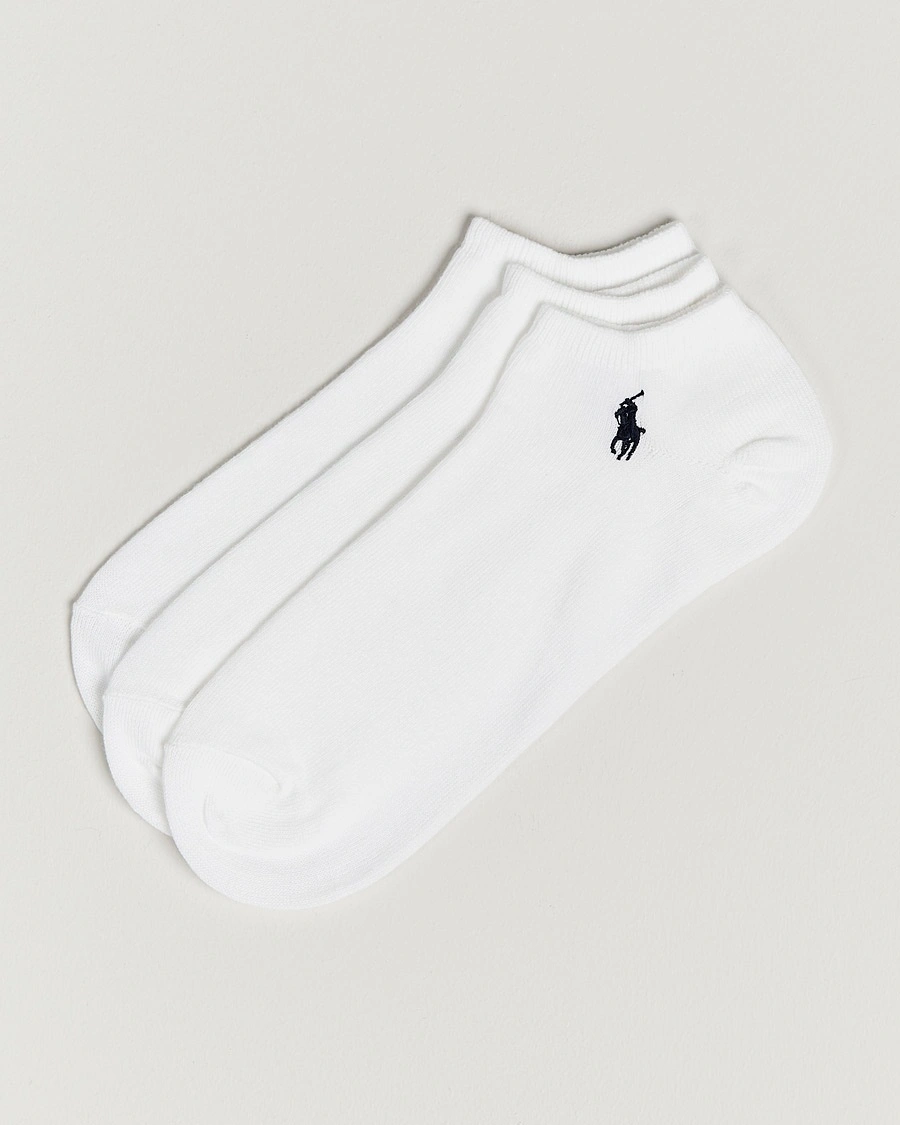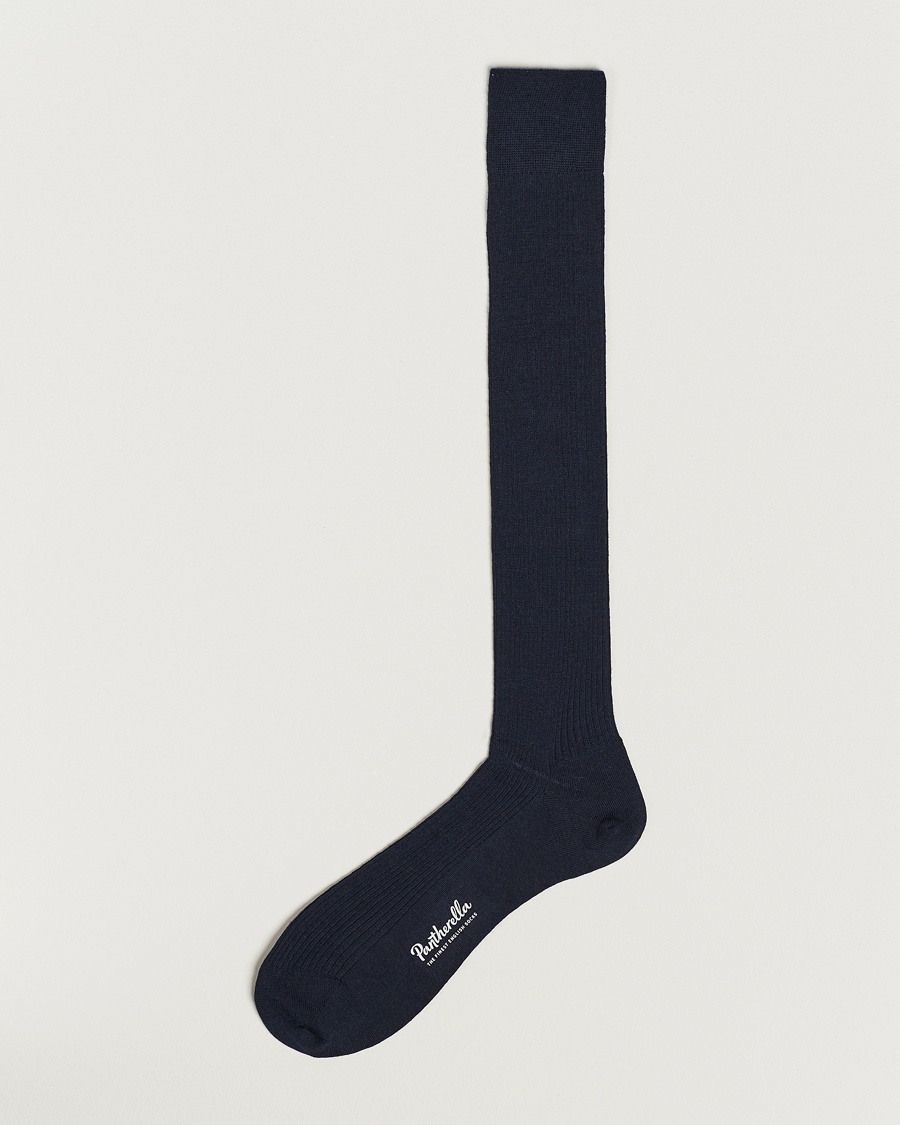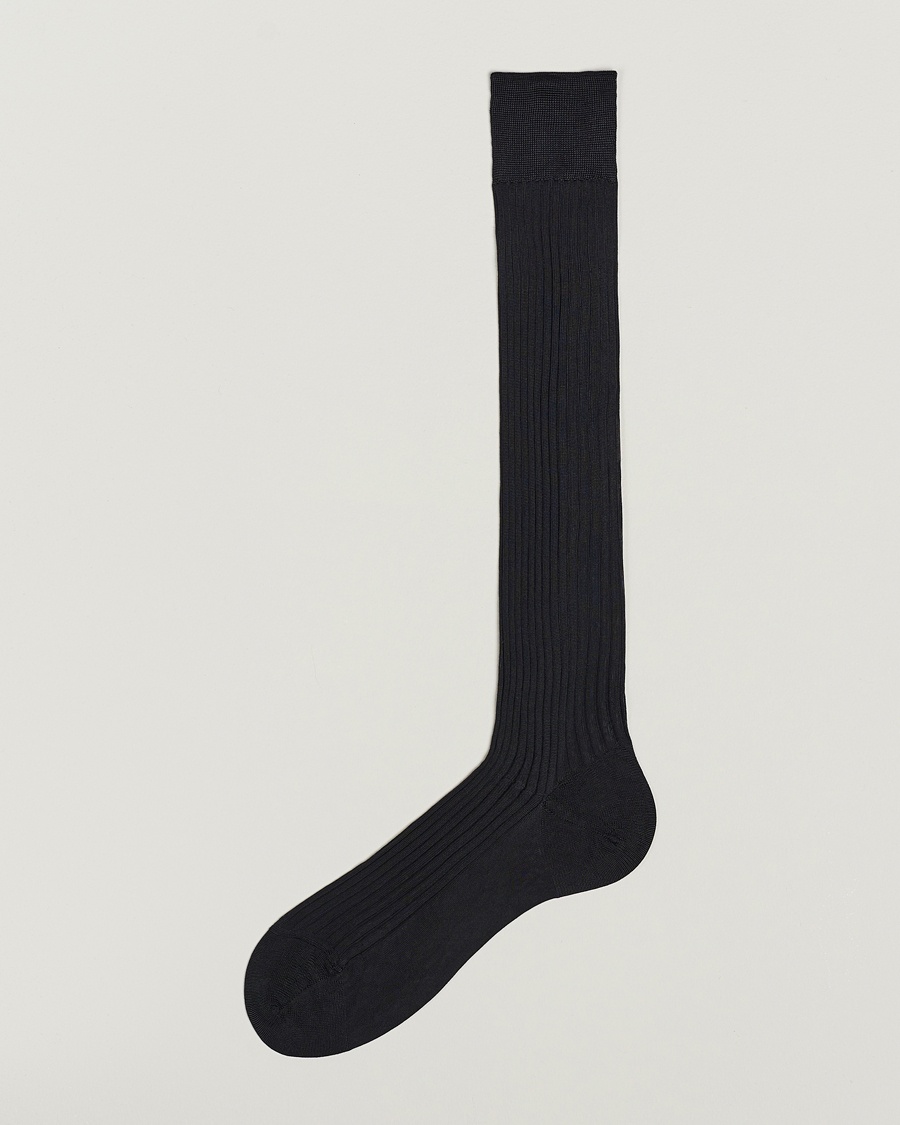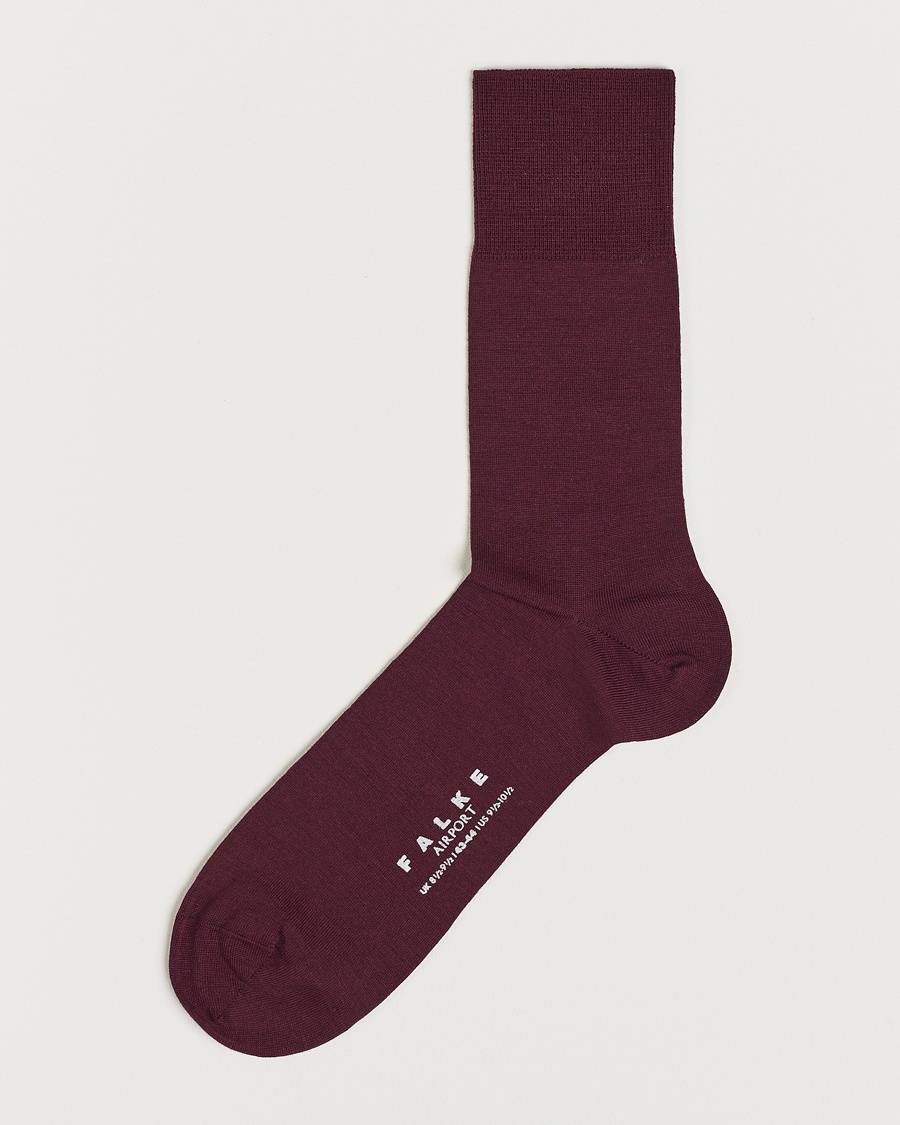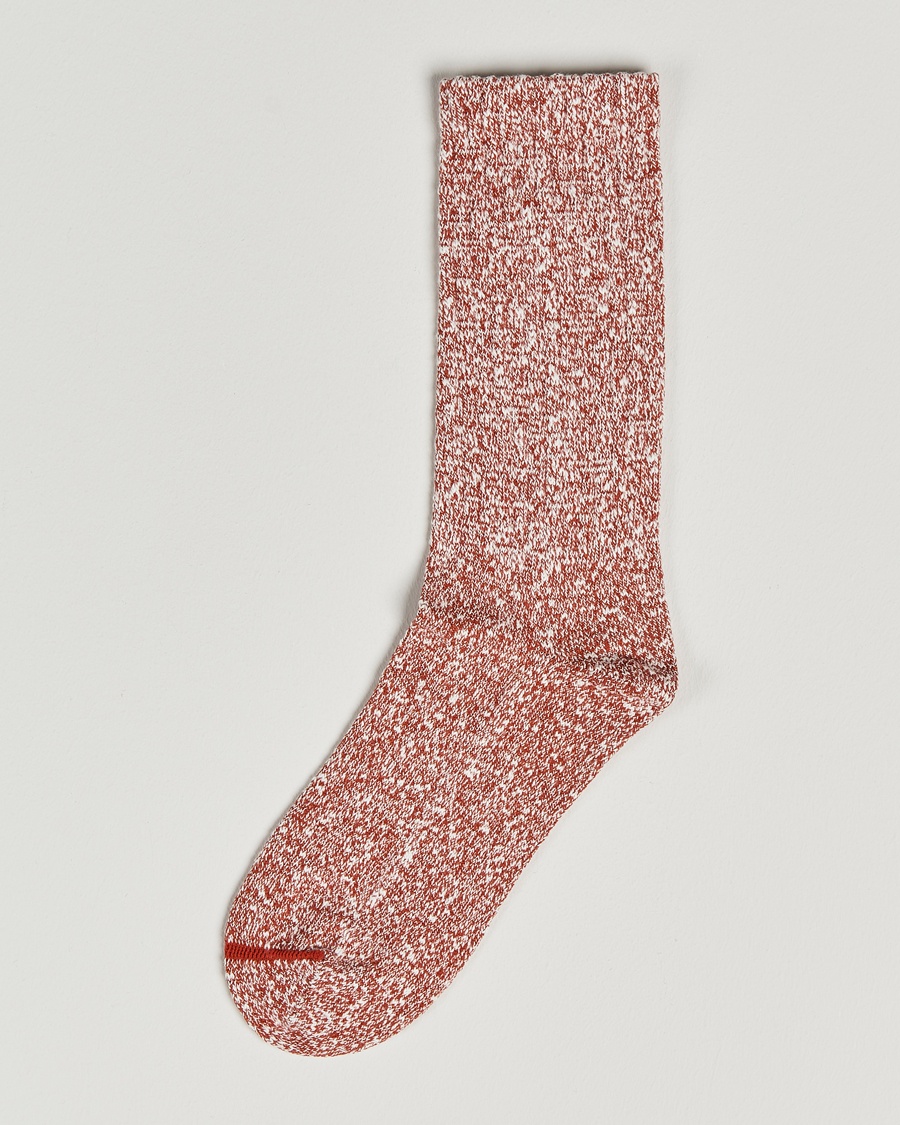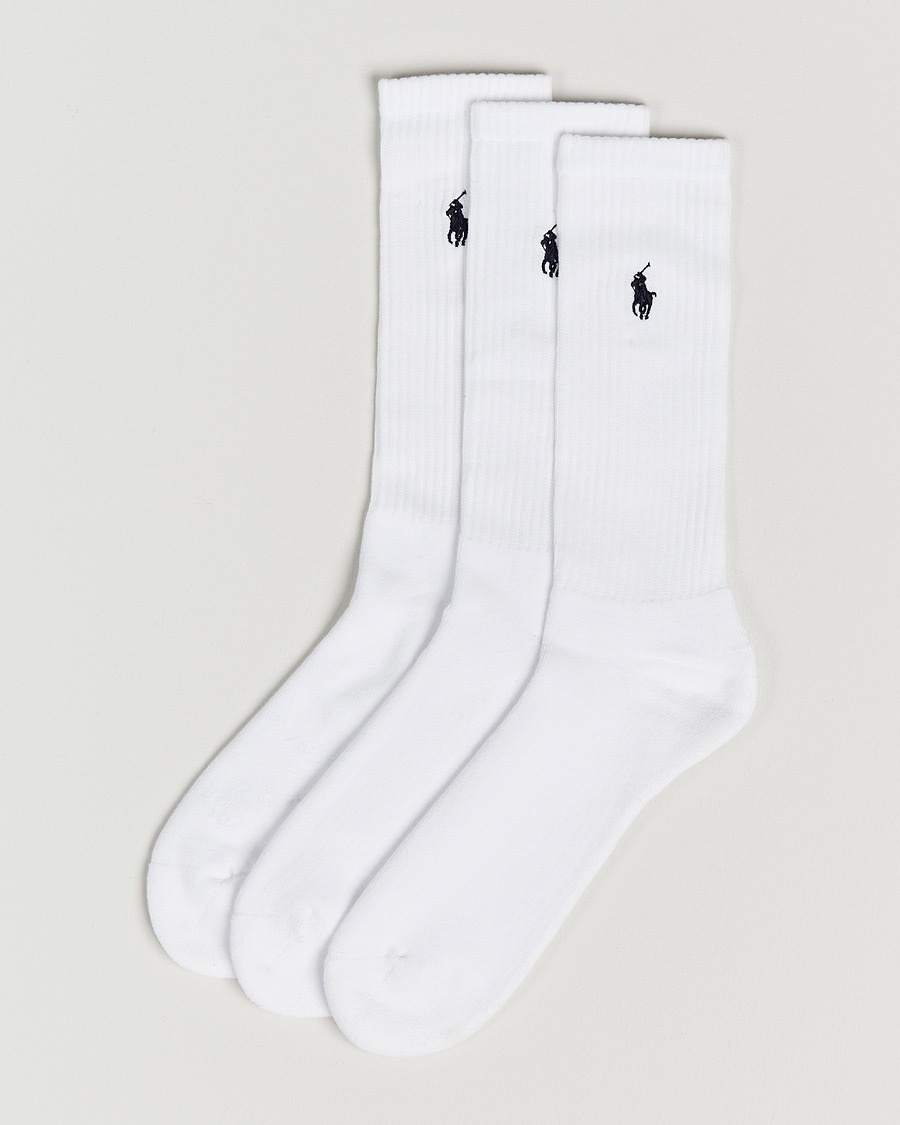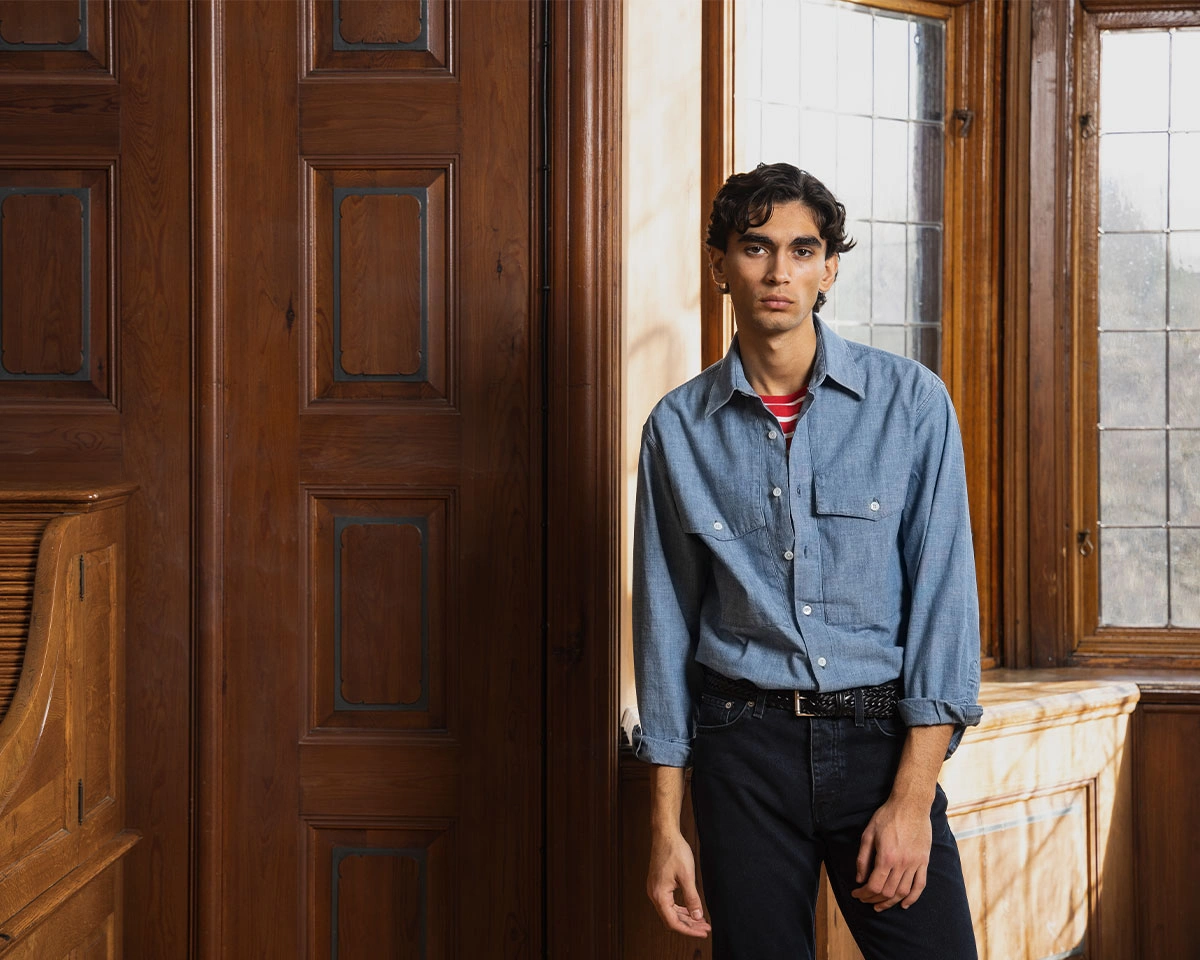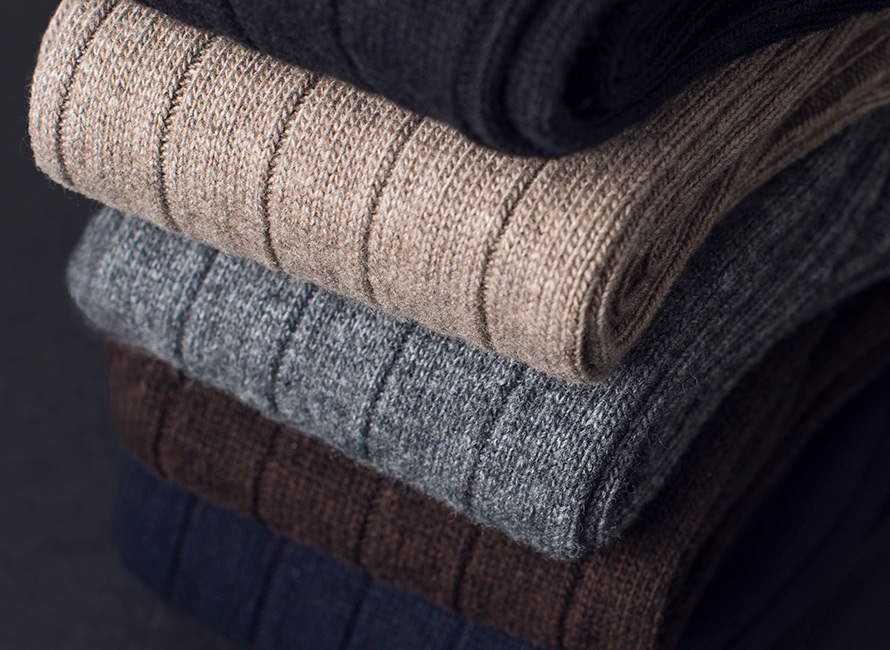
Socks 101
Gepubliceerd 2021-08-06
When it comes to menswear and style, discussions tend to gravitate towards blazers, shirts, and shoes. But one item that we feel is at least as important are your socks. Not everyone owns a blazer, but (almost) everyone owns at least a dozen pairs of socks. Their ubiquity and daily use therefore make socks a central part of any man’s wardrobe.
In many ways, it is easy to overlook the humble sock and the effect it has on your style. But elegance, style and presentability depend on not taking anything for granted. Men’s style is all in the details, and your outfit will never be better than the socks you wear.
Before delving into the world of socks, there are a number of things you should keep in mind, such as the fact that different socks suit different looks and situations. The elegance of a pair of black silk socks is a perfect complement to a tuxedo, but perhaps less suited to jeans and a bomber jacket. White tube socks, on the other hand, are a serious faux pas when worn with a suit.
By following a few general guidelines, you can be sure to choose the right socks for any situation.
The History of Socks
Prehistoric Socks
The use of socks can be traced all the way back to the dawn of civilisation when cavemen constructed sock-like shoes from animal hides. To make them as warm and comfortable as possible, they could be stuffed with fat or even meat. This rudimentary lining also provided protection from rough terrain.
Despite their primitive origins, socks would soon evolve into something much more advanced, and come to be seen as something of a luxury.
Mediaeval Socks
In the middle-ages, socks were reserved for aristocrats and noblemen. Knights and soldiers would also use socks to protect their feet from the rather inflexible armour in use at the time.
At this point in history, socks were expensive to produce, and therefore out of reach for most ordinary people. By the 1600s, this had begun to change, and socks were now something the majority could afford. Many people made their own socks, but often from rather itchy woollen materials. There were, however, certain advantages to using wool, as its insulating properties would keep the wearer warm on cold nights.
The wealthy often chose the finest materials, such as silk, for their own socks
The Arrival of the Knitting Machine
In 1589, Englishman William Lee invented the first stocking frame knitting machine, an invention that would come to revolutionise the art of sock-making, making it possible to produce half-socks that could then be sewn together along the calf. But it would take a few more centuries for the knitting machine to reach its full potential.We in Sweden were first introduced to the knitting machine in 1723, when inventor and industrialist Christoffer Polhem added a number of refinements to its design. These refinements gave each machine a higher capacity, and socks could now be mass-produced on a scale not previously possible, or at least not as inexpensively.

The arrival of the circular warp loom allowed for a unibody sock to be produced, eliminating the need to stitch together two separate sides. Heels and toecaps still needed to be added by hand, but the process of sock-making had nevertheless been made considerably more efficient.
The quality of the socks produced depended greatly on the number of needles used. Early machines were limited to just 72 needles, but today, there are circular warp looms that can accommodate up to 280. The more needles used, the tighter and finer the fabric.The Nylon Revolution
At the dawn of the 20th century, a new kind of sock began to appear using a brand-new material. This material, nylon, would come to revolutionise the manufacturing of formal socks and made it possible to mass-produce fine, thin socks at an affordable price.
Despite nylon being most commonly associated with ladies’ stockings, the nylon sock was an essential part of every well-dressed man’s wardrobe at the time. Knee-socks in particular often had a nylon construction.
Today, nylon is usually considered as a cheap material that leads to unnecessarily high levels of perspiration. This is why most contemporary socks are made in more breathable materials such as cotton.
Nevertheless, nylon remains part of many cotton blends used for socks as it allows them to keep their shape.
Socks as Fashion
As we noted earlier, socks were something of a status symbol. In 1348, King Edward III established a noble order that would come to be the most prized and prestigious with the title of the Most Noble Order of the Garter, with 'garter' being interchangeable with 'sock' at the time.
Modern Socks
Today, many different models of sock are available. Everything from knee-length socks to invisible socks that only cover the toes and heel as well as sports socks and compression socks.
To help you achieve the most elegant look possible, we would like to share some of our best advice to help you navigate the sock jungle as well as recommendations on how to extend the lifespan of your socks.
Advice
1. Make sure they last
This might seem obvious, but the best way to prevent holes and worn heels is to take good care of your feet themselves. However, you should always avoid wearing socks with holes in. If you have a hole in your sock, throw it away. You never know when you will need to take your shoes off, and holey socks make a less than saintly impression. We recommend having at least twelve pairs in rotation to keep you covered.2. Make sure they match
Avoid wearing odd socks, even if both are black and almost identical. It goes without saying that matching socks will make a much better impression.3. Make sure they fit
Multipacks of socks are often made to fit several different sizes, and 39-43 is a size interval that rarely ‘fits all’. Ill-fitting socks can slide down your calf and look unflattering on your feet. This is particularly important when choosing knee-socks, as knee-socks that have slid halfway down your leg will be both uncomfortable and inelegant.
Size-specific socks are very much an option these days. They offer a better fit and are less prone to sliding down. For knee-socks, make sure to choose a model with wide elastic ribbing as this will further minimise the risk of slippage.Different Socks for Different Situations
Knee Socks
In general, knee socks are the only kind you will need when wearing a suit, dresswear or tuxedo. When you cross your legs, suit trousers will invariably slide up somewhat and if your socks are too short, a small part of your shin will peek out from the top and ruin the profile. There should be an unbroken line of material from the waist all the way down to the shoe with no skin visible.Try to avoid loud colours. The best option is to choose a colour that matches your trousers. If you are wearing a navy suit, pair it with navy socks. The golden rule is to never match your socks to your shoes and match them instead with the suit itself.
With a tuxedo, a pair of silk socks are a classic, tasteful choice. A few years ago, it was trendy to wear red socks with a tuxedo, but this is something we would advise against. You can make a more elegant statement with a pair of thin, ribbed silk socks.
Crew Socks
Some people are vehemently opposed to everything but knee socks, but there are many practical benefits to choosing a normal, everyday sock that extends partway up the calf.Firstly, crew socks are usually cheaper than knee-length models as they use around 25% less material.
Secondly, crew socks tend to trap less warmth. With jeans and a t-shirt on a balmy autumn day, knee-socks may well start to feel uncomfortable. “Classic”, shorter socks also harmonise more readily with sportier ensembles. Ribbed socks, no matter their length, should be kept to more formal outfits.
Another benefit of crew socks is that provide more opportunities to experiment with different colour combinations. Worn with chinos, a blazer and a pair of dark brown shoes, for example, a pair of burgundy socks can be a particularly stylish accent.
Woolly Socks
Thick woolly socks, sometimes referred to as ski socks, really come into their own when temperatures start to dip below 0C and the wind begins to howl. Combine them with a pair of winter boots, a down gilet and a knitted jumper for a perfect winter outfit.Tube Socks
White tube socks are more than acceptable for sport and exercise. They are at home on the tennis court, the running track or at the gym. Try to avoid wearing them with your everyday clothing, and they pair particularly poorly with suits.Ankle Socks
Ankle socks are a practical complement to t-shirts, shorts, and sneakers. If you have delicate feet that are easily chafed, they offer a way to protect your heel without sticking out too much from your sneakers. Using ankle socks reduces the sweating and other unwelcome consequences of wearing no socks at all.
Invisible Socks
If you like the idea of not wearing socks, but are worried about perspiration getting into your shoes, invisible socks are a great alternative. By protecting the heel and toe, these socks absorb much of the moisture that would otherwise risk damaging your shoes. They can be particularly useful in summer when wearing loafers or a pair of low sneakers.Conclusion
There are many things to consider when choosing socks. But the most important factor is, of course, comfort. It’s easy to feel bound by the rules and regulations of the 'sock police', but, like most things in life, what is the 'right' sock is a matter of opinion.Wil u doorgaan waar u gebleven was?
Klantenservice
Contact opnemen
Telefoon
+46 (0)10-707 95 80
Ma-vr 08:00-17:00 CET/CEST. Internationale tarieven zijn van toepassing. Neem contact op met uw provider voordat u belt of neem contact met ons op via e-mail op het onderstaande adres.
[email protected]
We streven ernaar uw e-mail binnen één werkdag te beantwoorden.
Aanvullende contactgegevens
Contactgegevens voor specifieke afdelingen vindt u hier..
FAQ
Antwoorden op de meest gestelde vragen vind u hier..
Persoonlijk stijladvies
Wij bieden momenteel persoonlijk stijladvies aan via zowel digitale als fysieke klantgesprekken in de buurt van ons hoofdkantoor in Borås, Zweden.
Als je geïnteresseerd bent en een afspraak wilt maken met onze personal shopper, stuur dan een e-mail naar [email protected] en geef aan of je een digitale of fysieke ontmoeting wenst. Wij komen dan bij je terug met meer details en tijdsvoorstellen.
Onze stijladviseurs kijken ernaar uit om je te helpen je garderobe bij te werken en te investeren in kwaliteitskleding die lang meegaat!
Inloggen
-
Sweden
-
Denmark
-
Norway
-
Finland
-
Germany
-
Austria
-
Ireland
-
Croatia
-
Cyprus
-
Czech Republic
-
Estonia
-
Greece
-
Hungary
-
Liechtenstein
-
Lithuania
-
Luxembourg
-
Malta
-
Portugal
-
Slovakia
-
Slovenia
-
Bulgaria
-
Latvia
-
Romania
-
United States of America
-
Netherlands
-
France
-
Switzerland
-
Spain
-
Italy
-
United Kingdom
-
Saudi Arabia
-
New Zealand
-
Taiwan
-
United Arab Emirates
-
Japan
-
Australia
-
South Korea
-
Hong Kong
-
Singapore
-
Kuwait
-
Malaysia
-
Qatar
-
Canada
-
Belgium (Nederlands)
-
Belgium (Français)
-
Poland
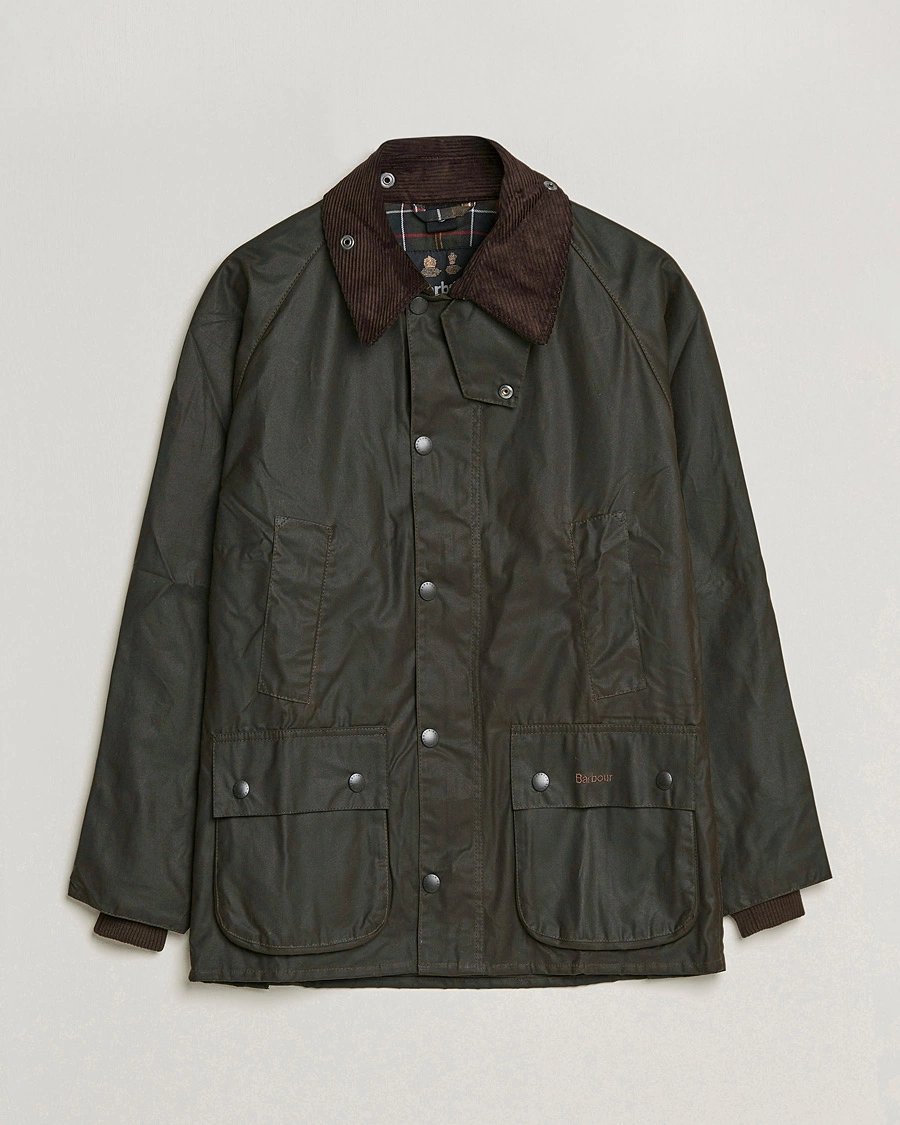 Ga naar de inhoud
Ga naar de inhoud







